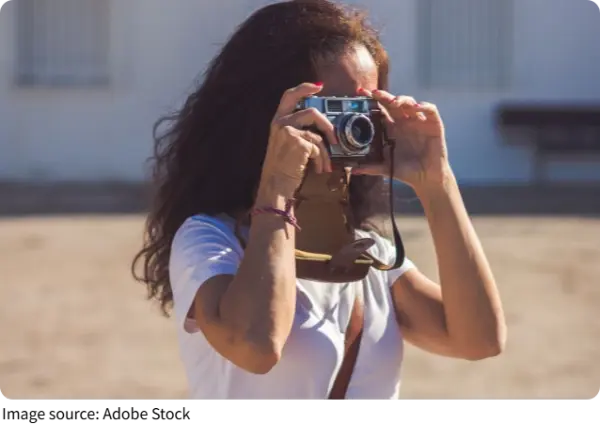Street Cinematic Photos

Cinematic street photography is more than just capturing a moment — it’s about telling a visual story that feels like a movie still.
For Lykkers who want to infuse emotion, drama, and a timeless feel into their urban shots, this guide reveals how to achieve that unmistakable cinematic look step by step.
It’s not just about having the right tools, but understanding how light, color, and composition come together to create something visually striking and memorable.
Understanding Cinematic Street Photography
What It Really Is
Cinematic street photography captures candid, real-life scenes that resemble frames from a film. The key elements include atmospheric lighting, rich color grading, careful composition, and often a dramatic use of depth-of-field.
Unlike the traditional black-and-white, wide-focus style of classic street photography, this approach emphasizes color, mood, and selective focus.
Why It’s So Appealing
Cinematic imagery resonates easily with viewers. The style feels familiar, like a favorite scene from a movie. This makes it not only creatively fulfilling but also widely appreciated. For Lykkers aiming to build a social media presence or just wanting to tell better visual stories, it offers a compelling way to stand out.
Getting Started the Right Way
Essential Gear
To achieve the cinematic effect, start with a camera that has a large sensor — Micro Four Thirds or bigger. Use a lens with a wide aperture (between f/1.8 and f/2.8) to produce background blur. A mid-range zoom or short telephoto lens is ideal.
Crucial Software Tools
Post-processing is non-negotiable. A program like Lightroom allows full control over colors and tones, while Photoshop (or an alternative that supports layers) is useful for adding letterbox frames and final touches.
Capturing the Right Scene
Find the Right Subject
Not every urban scene translates into a cinematic frame. Look for people, settings, or interactions that evoke emotion or curiosity. Subtle gestures, a dramatic look, or an interesting backdrop can all elevate a photo.
Frame It Like a Director
Think like a filmmaker. Draw inspiration from movies and iconic scenes. Position subjects within a structured composition — centered or following the rule of thirds. Pay attention to framing through windows, doorways, or reflections for a layered feel.
Use Light Creatively
Natural light, especially during early morning or late afternoon, creates long shadows and soft tones. Streetlights, neon signs, and reflections can also help build atmosphere in low light.
Dial In Your Camera Settings
Use the widest aperture your lens allows to isolate the subject and blur the background. Shoot in RAW format to preserve full detail for editing. A slightly underexposed shot helps maintain detail in highlights, which can be recovered in editing.
Transforming the Image in Post
Play With Color
Color grading is where the cinematic mood takes shape. Use Lightroom to adjust contrast, clarity, shadows, and highlights. Focus on warm or cool tones depending on the atmosphere you want to achieve. Adjust color curves individually (red, green, blue) to fine-tune the balance.
Shape the Mood
Reduce vibrancy slightly for a muted, film-like finish. Increase the contrast between shadows and highlights for drama. Slight grain can also mimic the texture of analog film.
Add the Letterbox Crop
To complete the cinematic look, use Photoshop or another editor to place black strips at the top and bottom of the image, simulating the widescreen aspect ratio of movie scenes. This simple addition instantly shifts the feel of the photo.
Save Your Look
Once you’ve found a color style that works, save it as a preset. This makes future editing faster and helps keep your visual storytelling consistent across a series.

Final Thoughts
Cinematic street photography offers Lykkers a creative path that blends technical precision with emotional storytelling. By focusing on light, composition, and thoughtful editing, ordinary urban moments can be transformed into frames that feel timeless. It’s not about perfection — it’s about capturing life in a way that resonates deeply. Keep practicing, stay observant, and let each frame tell a silent, powerful story.

 · Art Team
· Art Team